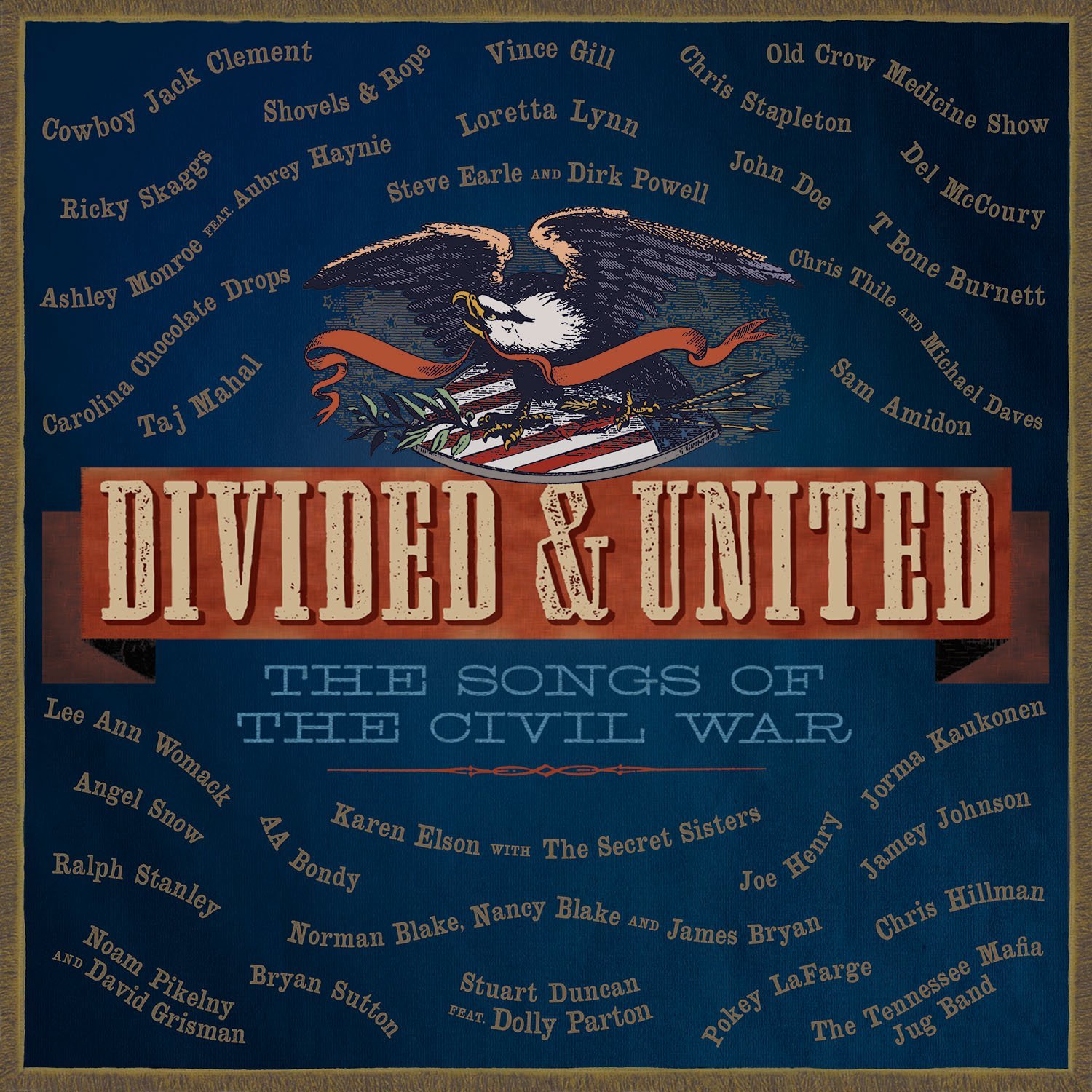I noticed this story on the Smithsonian page today, and clicked kind of idly. A few seconds into the first linked video, I was hooked. Rhiannon Giddens and some of her fellow black women banjo players have created a moving and haunting CD of music inspired by and based on slave tunes. It really is astonishing and worth a click. I encourage you to take a listen!
Giddens—a native of North Carolina and the lead singer and a founding member of the GRAMMY award-winning Carolina Chocolate Drops—researched the songs and haunting narratives of enslaved Africans. Native Daughters is a collaboration with three other African-American songwriters whose work interrogates history and, as Giddens writes in the album notes, shines “new light” on stories of “struggle, resistence and hope.”
“Rhiannon had brought in this handwritten music from the 1700s, the first slave melody ever annotated in the New World, and we started working on it, adding chords to it,” Powell says. “She was very close to the mic, and her voice was so unselfconscious and unassuming, her intention so pure, and things got very intense emotionally. We just had to keep it.”

